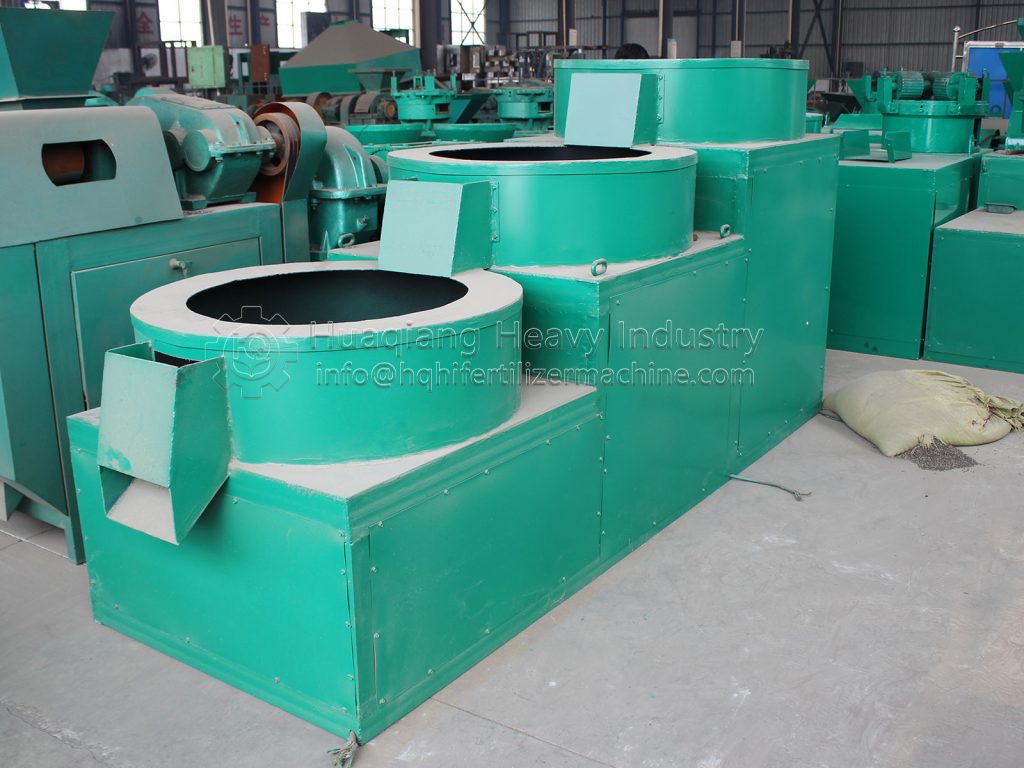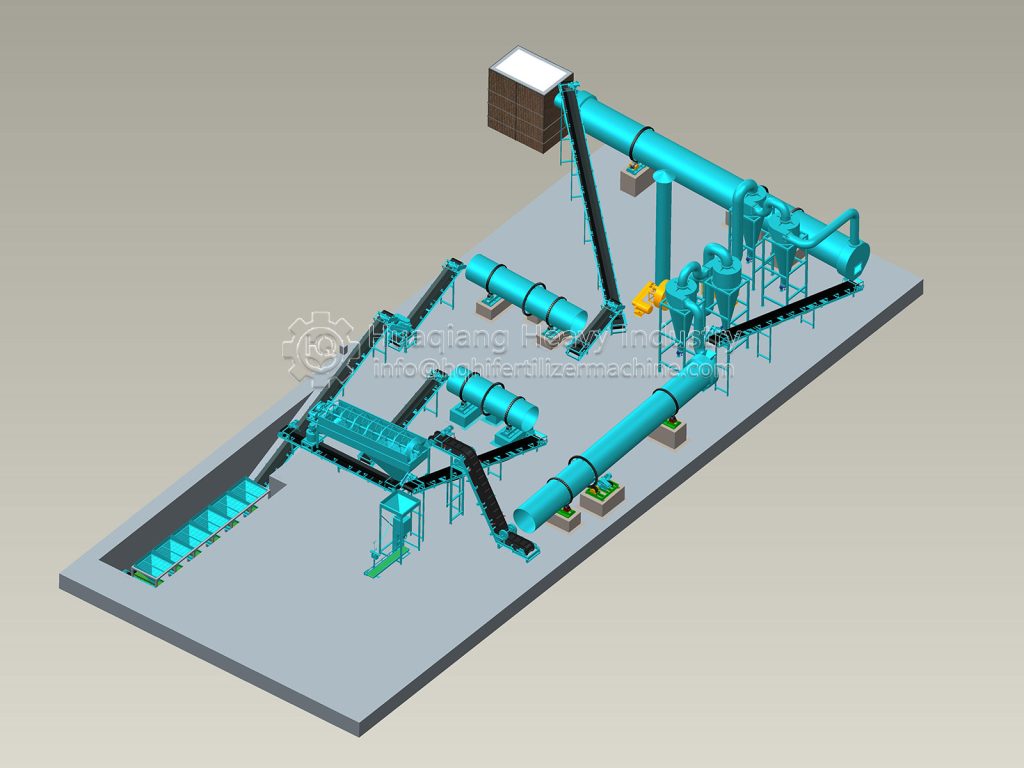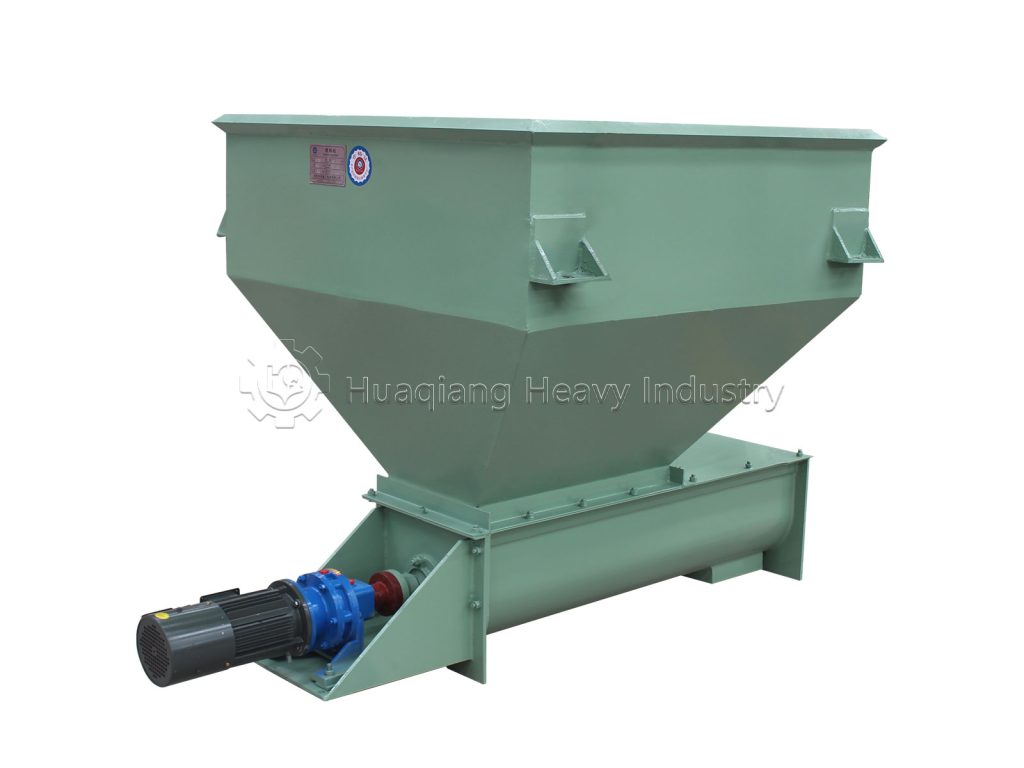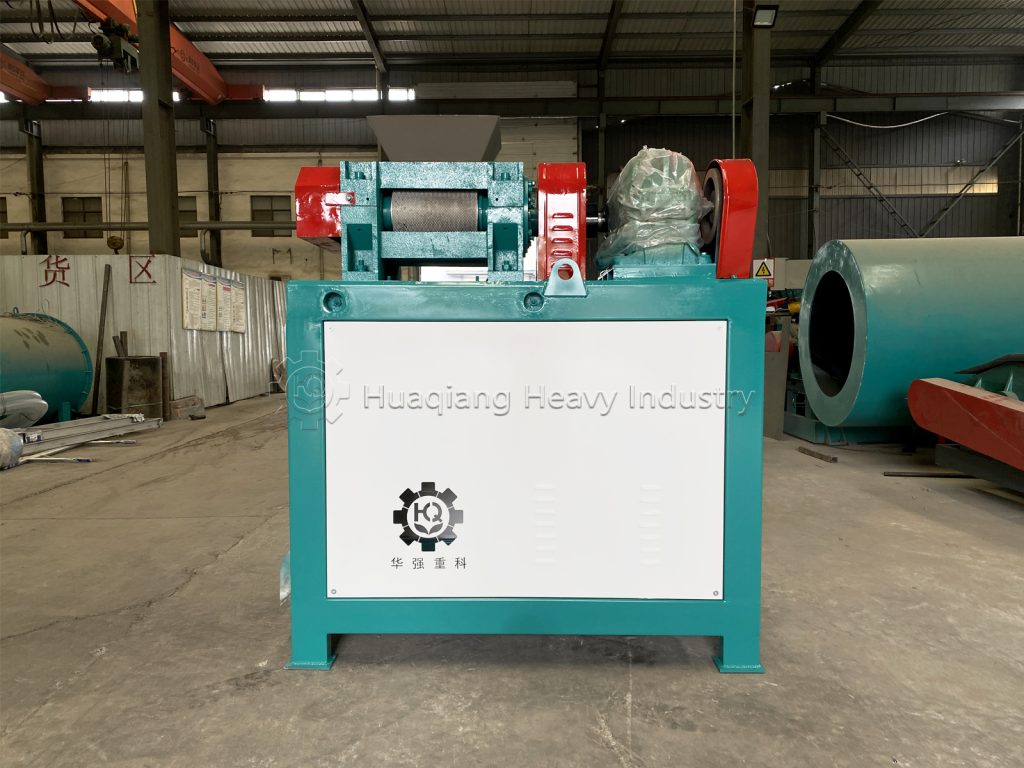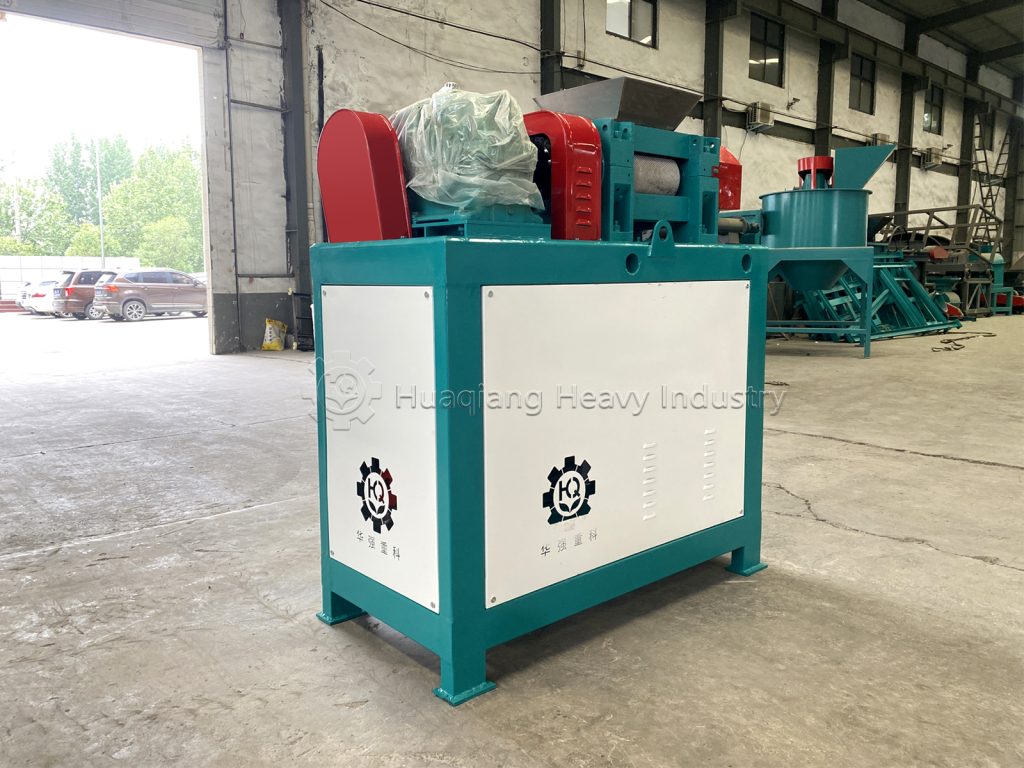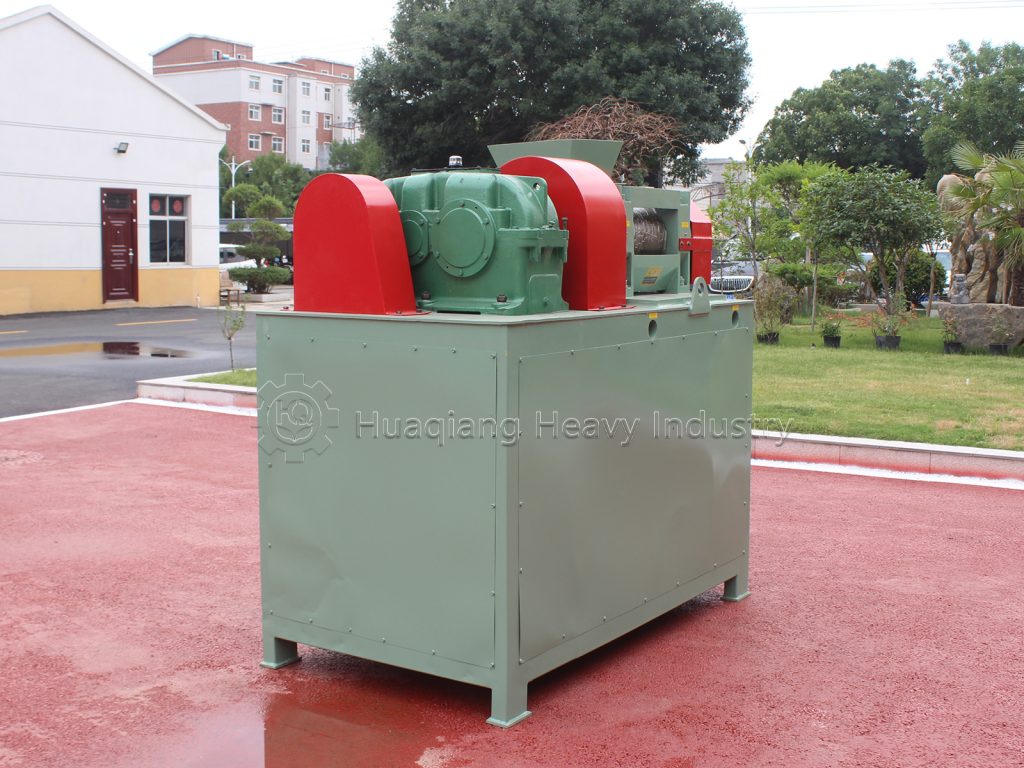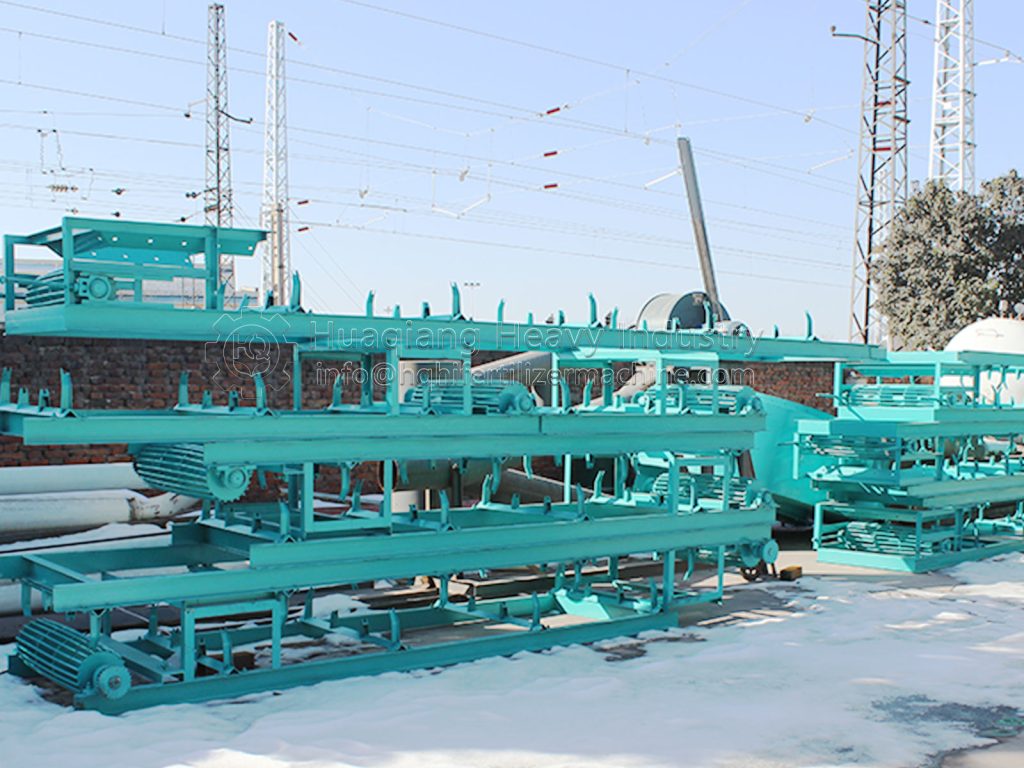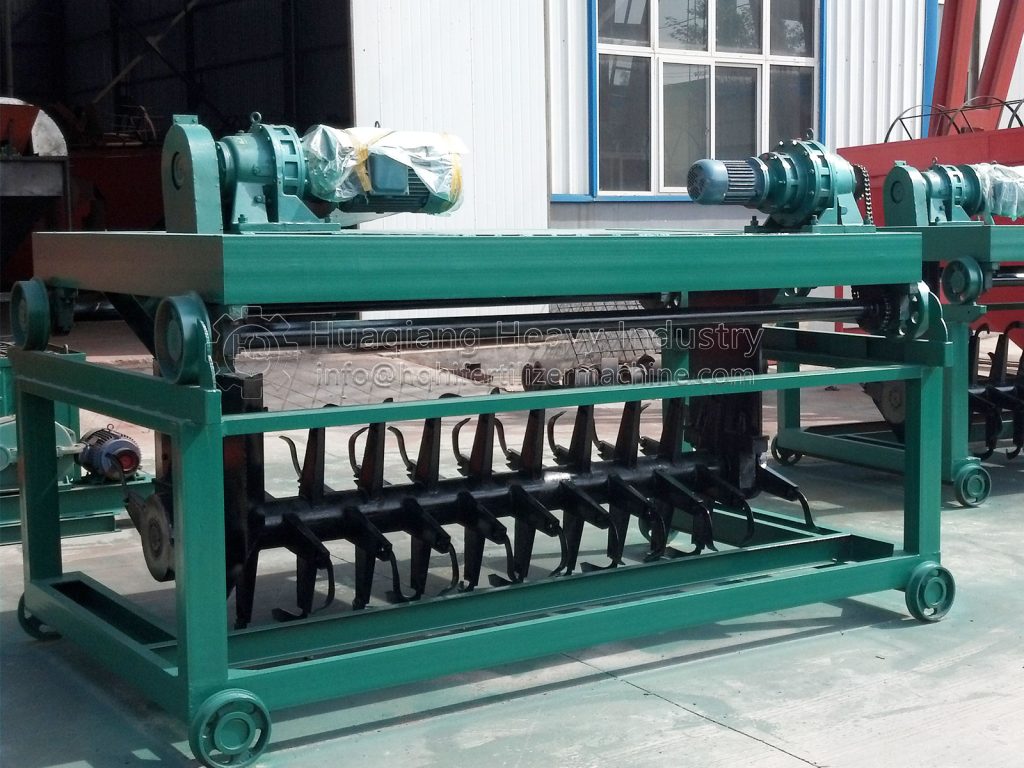Technological innovation in NPK fertilizer production lines is a core driver for upgrading the fertilizer industry and adapting to agricultural development needs. Its importance lies in multiple key aspects. Regarding fertilizer equipment production efficiency, the integration of an AI-powered intelligent batching system with sensor technology reduces raw material waste. Upgrades to mixing and granulation technology significantly increase granulation rates and reduce return material, improving overall production line efficiency and directly reducing unit production costs.
Technological innovation is crucial for ensuring fertilizer quality. Current agricultural requirements place stringent demands on fertilizer nutrient uniformity and particle stability. Innovative low-temperature drying and fine grinding processes remove impurities from raw materials and control moisture content, laying the foundation for subsequent reactions.
Against the backdrop of tightening environmental protection policies, technological innovation is a prerequisite for compliant production line operations. Fully enclosed negative pressure conveying and high-efficiency bag dust removal reduce dust emission concentrations. Wastewater treatment technology achieves water resource utilization rates exceeding 80%, reducing external pollution. These innovations not only help companies avoid the risk of production suspensions but also align with the “dual carbon” goals and secure policy support. Furthermore, technological innovation can enhance market competitiveness. A modular design allows production lines to quickly switch recipes to meet the diverse needs of cash crops and field crops. Intelligent upgrades enable remote monitoring and fault warnings, reducing reliance on manual labor. Only through continuous technological innovation can nitrogen, phosphorus, and potassium fertilizer production lines adapt to market changes and contribute to the high-quality development of the industry.
